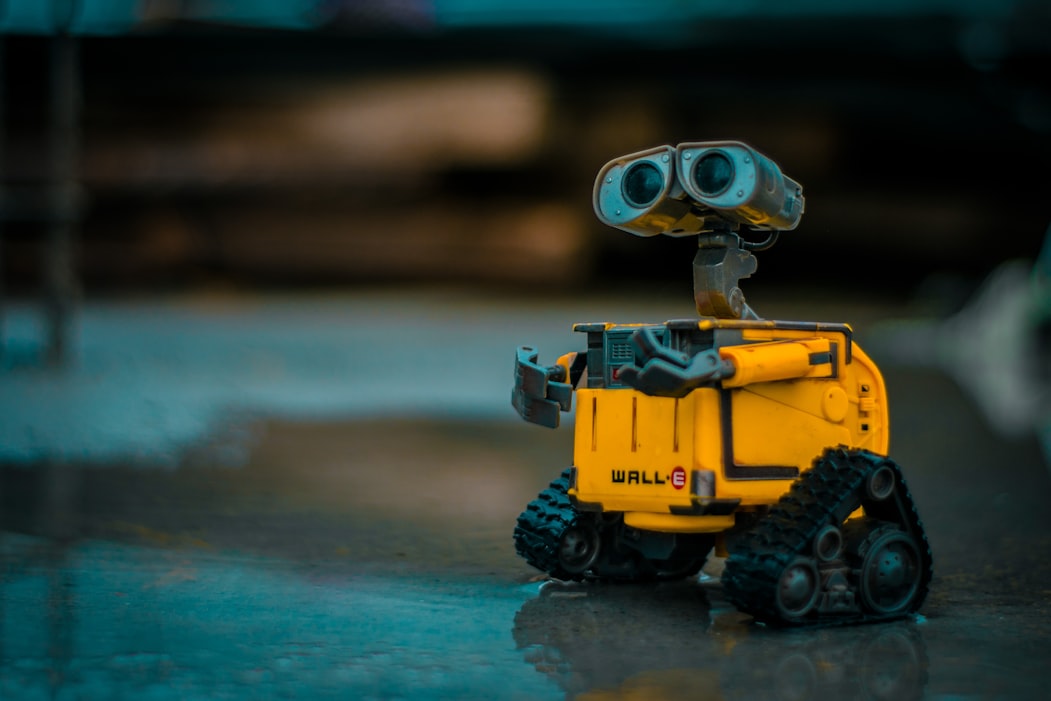Creating Robotic Senses
Placing your dinner plates in the sink or grabbing a bottle of water maybe the simplest thing you do this week but for robots, that is pretty complex. Today’s robots are mostly built on visual processing which often limits there performance for complex tasks. However, a team of researchers have aimed to challenge robotic manipulation and develop a sensory integrated artificial brain system that copies our own biological networks.
Learn more:
"The field of robotic manipulation has made great progress in recent years. However, fusing both vision and tactile information to provide a highly precise response in milliseconds remains a technology challenge. Our recent work combines our ultra-fast electronic skins and nervous systems with the latest innovations in vision sensing and AI for robots so that they can become smarter and more intuitive in physical interactions," said Assistant Professor Benjamin Tee from the National University of Singapore (NUS).
How is enabling human-like senses in robots advantageous? For one, it could expand current applications. Findings were presented at the conference Robotics: Science and Systems conference in July 2020.
"Making an ultra-fast artificial skin sensor solves about half the puzzle of making robots smarter. They also need an artificial brain that can ultimately achieve perception and learning as another critical piece in the puzzle," added Asst Prof Tee, who is also from the NUS Institute for Health Innovation & Technology.
Source: Science Daily









